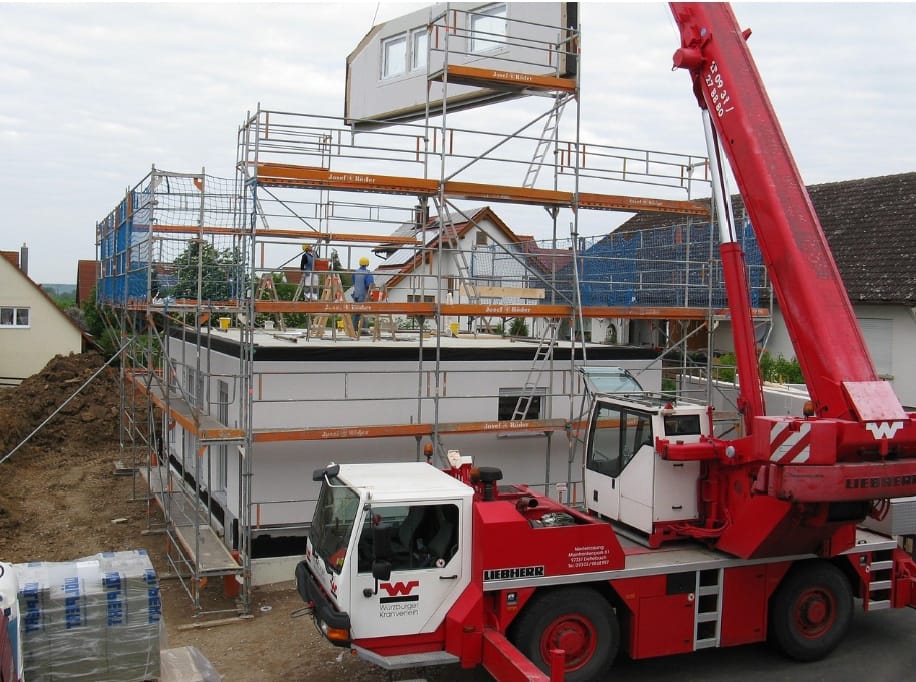What is the Lifespan of a Prefabricated Steel Building in the United States?
Prefabricated steel structures are currently a number-one choice in the construction sector because they are inexpensive, long-lasting, and may be set up quickly. Yet there is one thing constantly in the background of the mind of most building managers: how long will they last? In order to be able to plan and design buildings that will endure for a long time, it is exceedingly crucial to understand how long such buildings will last.
Factors Affecting the Lifespan of Steel Buildings
While prefabricated steel buildings are durable, their lifespan may be quite variable based on a number of factors. The strength of the steel used in construction is one of the most critical factors. High-strength steel is less prone to rust and corrosion, and the building will remain structurally sound for many decades to come. Weather conditions also play a role. For instance, buildings in high humidity, high rain, or in proximity to seawater are more likely to be corroded if not covered.
In addition to reducing the overall cost of a building, inferior construction may also decrease the lifespan of a building. Inferiorly aligned components or inferiorly constructed foundations can result in early wear and stress on the steel frame. Lastly, exposure to severe weather patterns such as hurricanes, earthquakes, or heavy snow can test the structural limits of any structure, including steel structures. Prefabricated steel structures from companies such as Atlantic Steel Structures, however, stand up better under these pressures than normal construction when built to code.
The Contribution of Design and Engineering
The fact that a prefabricated steel structure exists starts right from when it is designed. Subtle engineering ensures the structure can sustain various pressures, from wind loads to snow. Tailor-made designs to climate and functional usage of the structure are particularly useful in ensuring durability. For instance, structures used in regions prone to hurricanes must incorporate wind-resistant design elements, like strengthened connections or supplemental bracing.
Specialized finishes and coatings are a second form of protection from corrosion. Coated or galvanized steel has excellent resistance to rust, especially in moist atmospheres. And prefabrication techniques today involve strict quality standards to guarantee all the components are manufactured to last as well as assemble perfectly once under construction. Such techniques do not only contribute to longevity but also reduce the risk of improper installation.
Long-Term Maintenance and Care
Even though prefabricated steel buildings are designed to last for years to come, they need to be kept in good condition in order to last longer. Inspect them periodically to search for critical areas such as the joints, foundations, and surface finishes. Fixing small issues such as rust patches or loose nuts before they become major issues saves dozens of the building’s total lifespan.
Keeping the building clean is a simple but well worth effort. Grime, garbage, and water may settle on the surface and lead to scale formation with the passage of time. Periodic washing and cleaning prevent this settlement. Protective coating does also need to be re-applied from time to time, especially where climatic conditions are harsh. Proper drainage must be provided and maintained so that water does not collect around the foundation, and the steel as well as its foundation is corroded.
Having these care practices in place is what keeps the building running at peak performance for decades. Most prefabricated steel buildings, with upkeep, will last over 50 years, and some have lasted many years beyond that threshold.
Prefabricated steel buildings are a long-term, durable answer to the building needs of today. Their lifespan also relies to a great extent on the integrity of materials, the elements, good design, and periodic maintenance. If all these considerations are maintained in the highest possible regard, building managers can deliver facilities that will render consistent service for decades. With proper maintenance and good engineering, a prefabricated steel building will serve its purpose many years beyond its projected lifespan, returning tremendous dividends over time.

